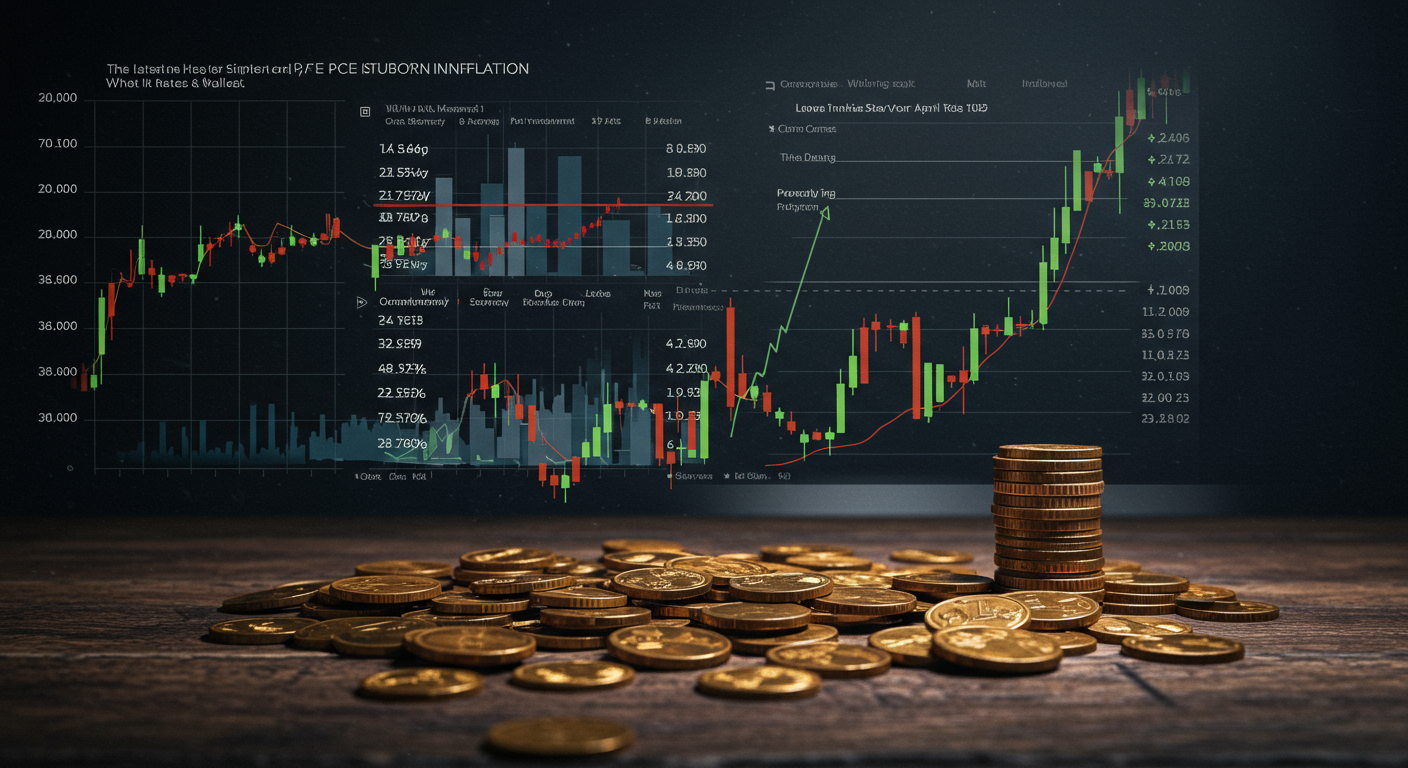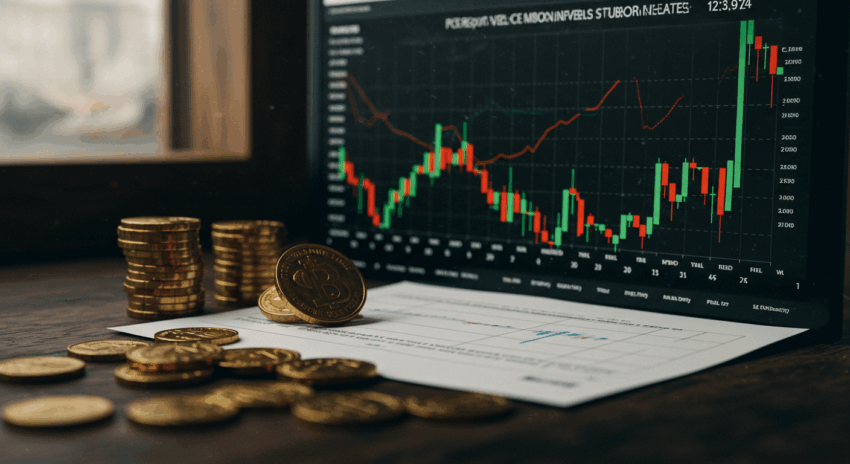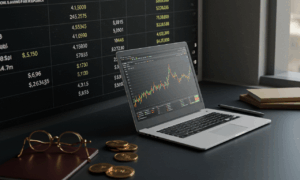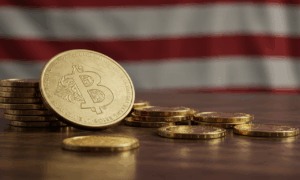The latest PCE inflation report has just been released, and it’s sending clear signals about the state of the U.S. economy and, more importantly, your wallet. If you’ve been wondering why the cost of borrowing remains high or when we might see some relief, this report holds critical clues. We are going to break down exactly what this financial data means, moving beyond the complex jargon to reveal its direct impact on your daily life, from your savings account to your future loan applications. This isn’t just another economic update; it’s a look at the forces shaping your financial future.
Dissecting the Data: What the April Inflation Numbers Tell Us
On the surface, the April 2024 Personal Consumption Expenditures (PCE) price index—the Federal Reserve’s preferred measure of inflation—didn’t deliver any major shocks. The data largely aligned with economists’ expectations, which in the world of finance, often means no news is good news. But digging deeper reveals a more nuanced and stubborn picture of inflation.
Here are the core figures:
- Core PCE Inflation (which excludes volatile food and energy prices) rose by 0.2% in April. This was a slight slowdown from the 0.3% increase in March and the lowest monthly rise of 2024.
- On an annual basis, Core PCE inflation stood at 2.8%, unchanged from the previous month.
- Headline PCE Inflation (which includes all items) rose by 0.3% for the month and 2.7% from a year ago, also matching the prior month’s annual rate.
While the monthly slowdown in the core reading is a welcome sign, the annual figure remaining stubbornly at 2.8% highlights the key challenge: inflation isn’t decreasing as quickly as policymakers and consumers would like. The progress made in taming price pressures appears to have stalled, keeping the Federal Reserve in a difficult position.
PCE vs. CPI: Why This Report Matters More to the Fed
You might be more familiar with the Consumer Price Index (CPI), another popular inflation metric. So why does the financial world fixate on the PCE? The two measure inflation differently, and the PCE is considered a more comprehensive gauge of the cost of living.
Think of it like this:
- The CPI is like checking the price of a fixed shopping basket every month. If the price of steak goes up, the CPI records that increase.
- The PCE is more dynamic. It recognizes that if steak becomes too expensive, you might buy chicken instead. It captures this substitution effect, tracking what people are actually spending their money on.
Because it reflects real-world consumer behavior more accurately, the Federal Reserve uses the PCE index to guide its monetary policy decisions, especially its ultimate goal of bringing inflation back down to a target rate of 2%.

The Federal Reserve’s Tightrope Walk: Higher for Longer
This latest PCE report all but solidifies the Federal Reserve’s current stance: caution. For months, investors and consumers have been eagerly anticipating the moment the Fed would begin cutting its benchmark interest rate, which would make borrowing cheaper across the board. However, with inflation proving to be incredibly “sticky,” that moment is being pushed further into the future.
The Fed’s primary goal is to achieve price stability, defined as a sustained 2% inflation rate. The 2.8% Core PCE reading, while not accelerating, is still significantly above this target. Fed officials need to see several consecutive months of data showing a clear downward trend before they can confidently pivot to cutting rates. One good month isn’t enough. This steady-but-high inflation reinforces the “higher for longer” interest rate narrative, meaning we should prepare for the current borrowing environment to persist. This ties directly into the broader economic outlook for the rest of the year, which is now defined by this patient, data-driven approach from our central bank.
From Wall Street to Your Street: How This Affects Your Personal Finances
Economic reports can feel abstract, but their consequences are very real. Here’s how the persistent inflation shown in the PCE report impacts your personal financial situation.
1. Borrowing Costs Remain Elevated
The Federal Reserve’s key interest rate directly influences the rates banks offer on consumer loans. With the Fed holding rates high, you can expect:
- Mortgage Rates: Anyone looking to buy a home will continue to face high borrowing costs, keeping monthly payments steep and impacting housing affordability.
- Auto Loans: The cost of financing a new or used car will remain high, adding a significant expense on top of the vehicle’s sticker price.
- Credit Card APRs: Interest rates on credit card debt are at or near record highs. Carrying a balance is more expensive than ever, making it crucial to pay down debt as aggressively as possible.
2. A Silver Lining for Savers
There is an upside to a high-rate environment. Banks and credit unions are competing for deposits by offering attractive yields on savings vehicles. This is a fantastic opportunity for those with cash reserves to make their money work for them. This might be a good time to review your savings strategy and ensure your money is in a high-yield savings account or Certificate of Deposit (CD) where it can earn a competitive return.
3. The Consumer is Finally Tapping the Brakes
Perhaps the most revealing part of the April report wasn’t just inflation, but consumer spending. Personal spending rose by only 0.2%, a sharp slowdown from the 0.7% jump in March. This is a critical development. It suggests that after months of resilience, American households are finally feeling the squeeze from high prices and high interest rates and are cutting back on purchases.
This is a double-edged sword. On one hand, reduced demand is exactly what the Fed wants to see, as it helps cool the economy and alleviate inflationary pressures. On the other hand, if spending slows too dramatically, it could increase the risk of an economic downturn or recession. The health of the consumer is the backbone of the U.S. economy, so this is a trend everyone will be watching closely in the months ahead, as it heavily influences investment sentiment.
Looking Ahead: A Game of Patience
The April PCE report confirms we are in a holding pattern. Inflation is not re-accelerating, but it’s not falling fast enough either. For now, the Federal Reserve will remain on the sidelines, waiting for more conclusive evidence that their policies are working. For consumers and investors, the key takeaway is the need for patience and sound financial planning. Navigating a high-rate environment requires a focus on budgeting, debt management, and strategic saving to weather the economic crosscurrents.
Frequently Asked Questions (FAQ)
Why does the Federal Reserve target 2% inflation instead of 0%?
While 0% inflation might sound ideal, most economists believe a small, predictable amount of inflation is healthier for an economy. A 2% target provides a buffer against deflation—a period of falling prices—which can be very damaging. Deflation encourages consumers to delay purchases (as they expect things to be cheaper tomorrow), causing economic activity to grind to a halt. A little inflation also makes it easier for wages and prices to adjust and encourages spending and investment, which fuel economic growth.
Based on this PCE report, when will interest rates come down?
It’s impossible to say for sure, as the Federal Reserve is strictly “data-dependent.” However, this report makes a rate cut at their next couple of meetings highly unlikely. Financial markets have adjusted their expectations, and the consensus is now shifting towards a potential first cut late in 2024—perhaps in September or even December—and only if inflation and labor market data show a convincing cooling trend in the coming months. Any unexpected strength in the economy could push that timeline into 2025.



